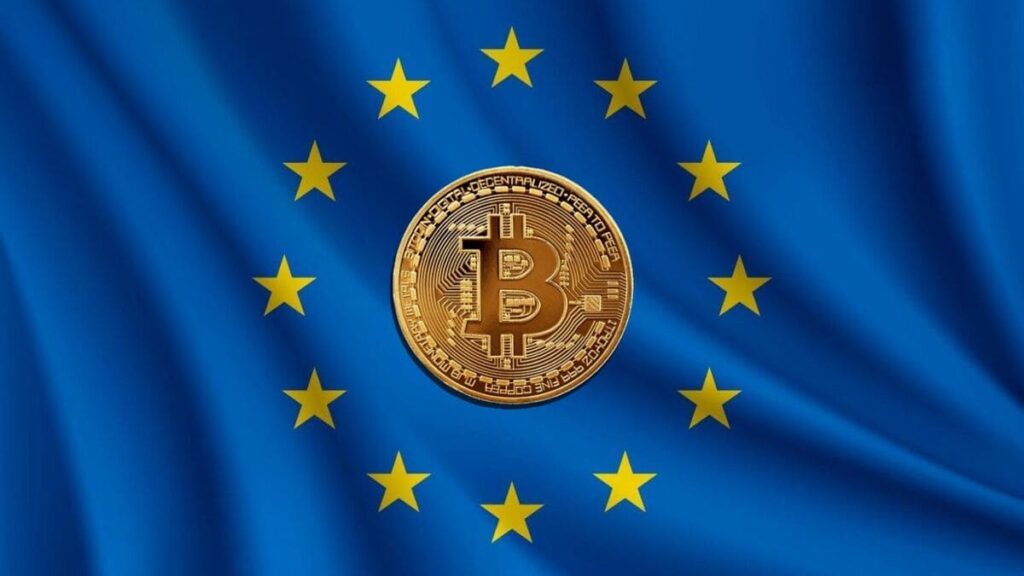TL;DR
- ESMA’s warning about concentration in crypto trading reflects traditional financial institutions’ resistance to decentralization and financial freedom.
- Cryptocurrencies offer an alternative to the traditional financial system vulnerable to economic crises and bank collapses, thanks to their decentralized and transparent technology.
- The implementation of regulations like MiCA in the EU could limit innovation and restrict financial freedom by imposing costly barriers for investors, rather than protecting them.
The recent warning from the European Securities and Markets Authority (ESMA) about concentration in cryptocurrency trading is a clear example of how traditional financial institutions continue to underestimate the potential of the blockchain industry and the financial freedom it represents. ESMA’s supposed concern and arguments about market centralization on a few exchanges are actually manifestations of its own discomfort with decentralization and democratization of the financial system.
ESMA’s report focuses on the alleged risk of systemic collapse due to concentration on a few platforms. However, what about the risks of the traditional financial system, which has proven susceptible to economic crises and bank collapses throughout history? What about the unchecked money issuance and debts incurred by governments and centralized entities? Cryptocurrencies, in their essence, through decentralized and transparent technology, offer an alternative to this outdated and vulnerable system.
The implementation of regulations like MiCA in the EU should be perceived as an attempt to control and limit the growth of the crypto market rather than protecting investors. These regulations pose a potential threat to stifle innovation and restrict financial freedom by imposing barriers and costly requirements for the average investor seeking to protect their capital.

The Crypto Market is the Future and it’s Time to Adapt
Furthermore, the idea that cryptocurrencies do not act as safe havens during market volatility is a fallacy. While cryptocurrencies may experience price fluctuations, their resistance to centralized manipulation and their utility as secure digital assets are increasingly recognized. In fact, in many parts of the world, cryptocurrencies are being used as a reliable means of protection against inflation and devaluation of fiat currency. A clear example of this is Bitcoin, which stands as a bastion against inflation in the United States.
It’s time for traditional financial institutions to recognize the value and potential of blockchain technology and cryptocurrencies to democratize access to financial services and promote economic freedom. Instead of trying to control and limit this growth, they should adopt a more open and collaborative stance toward the industry, fostering innovation and protecting individuals’ rights to participate in a more inclusive and equitable financial system.










